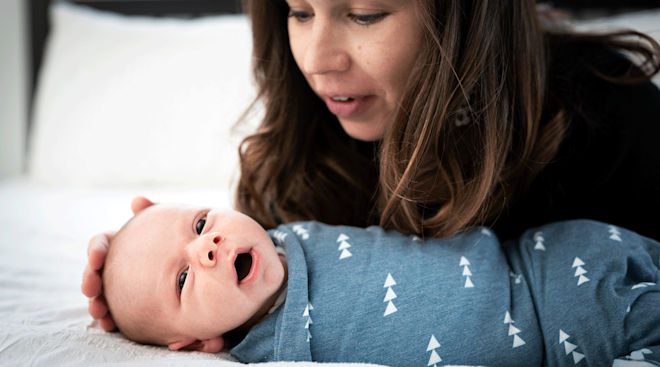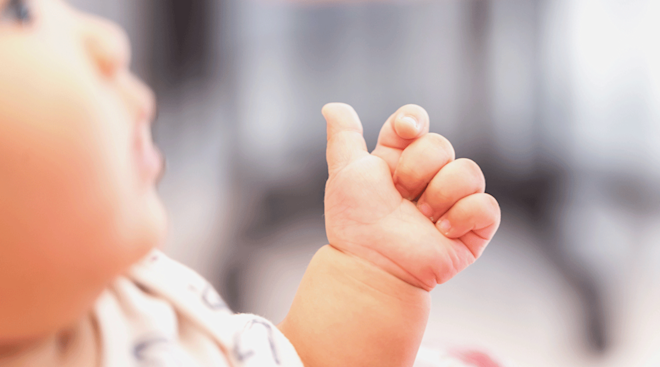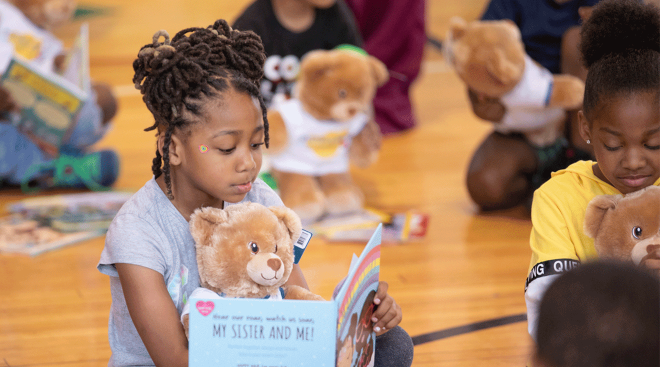By 15 Months, Babies Can Learn Words for Things They’ve Never Seen
“Where’s the kumquat?” might not seem like a question you’d ask a toddler—but if your little one is around 15 months old, there’s a good chance they’d surprise you. Many parents have experienced it: chatting casually about groceries when suddenly their baby repeats a word like “avocado” or “grapes.” It leaves you wondering, Were they even listening? According to new research, not only are they listening—they may also be learning the meaning of words for things they’ve never even seen.
What the Study Found
The study, put together by developmental researchers at Northwestern University and Harvard University, found that 15-month-old infants can use context clues to form a mental image of a word’s meaning—even when the object isn’t visible.
Researchers introduced 134 infants to a series of spoken words and images. Then, they introduced a brand-new word like “kumquat” while keeping the actual object hidden. When later presented with two unfamiliar items—a kumquat and, say, a whisk—15-month-olds consistently looked longer at the kumquat, signaling they had formed a gist of what the word meant from context alone. Twelve-month-olds, however, didn’t show the same ability, possibly because their vocabulary foundation is still forming.
“Babies take in what they hear, and even if no object is present, they form a mental representation, or ‘gist’ of the new word’s meaning, one that is strong enough for them to use later when its referent object does appear,” senior author Sandra Waxman explained. While adults naturally infer word meanings during conversations all the time, this study is the first to show that the ability begins earlier than expected—by just 15 months of age. Infants are picking up meaning not only from what they see but also from what they hear and the context in which it’s said.
What This Means for Parents
If you’ve ever wondered whether narrating your day or reading books filled with unfamiliar words is “doing anything,” this is your sign to keep going. Contrary to what we often believe needs to happen with direct word and object association, your baby is learning—even when the object in question is nowhere to be seen.
“Many people believe that success in word learning requires that the infant ‘map’ a new word to an object that is physically present (e.g., “Look at the kumquat!”). But in the natural course of a day, it is very common for us — and for infants — to hear words when the objects to which they refer to are not available to our immediate perception,” said Waxman. In short, parents don’t need to simplify everything or only point to what’s physically in front of them. Infants are listening, and they’re already beginning to connect the dots.
Scientists say this highlights the power of language in infants’ daily lives. The results of this study suggest that by 15 months, the more babies hear, the more mental “gists” they’re forming—ones they can later match to the real thing.
What’s Next
Researchers hope to build on this work by exploring how this gist-building ability develops over time and what types of language input are most beneficial. Future studies may also look at whether this early inferencing ability can help predict later language success or even how kids approach learning in school.
For now, just know that your baby is soaking it all in—even if they haven’t seen a kumquat yet.
Navigate forward to interact with the calendar and select a date. Press the question mark key to get the keyboard shortcuts for changing dates.





















































